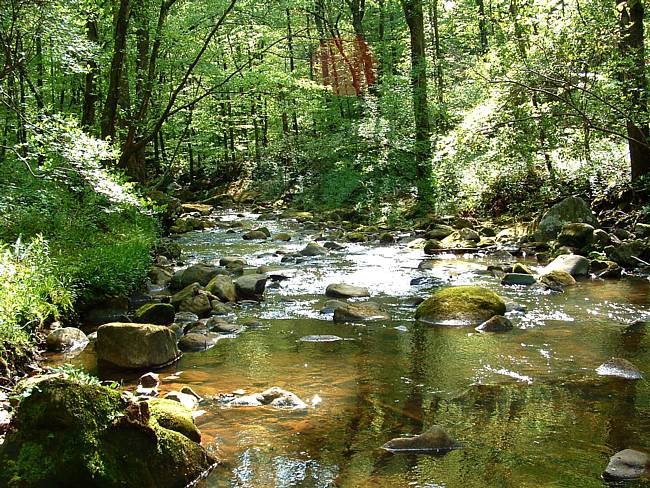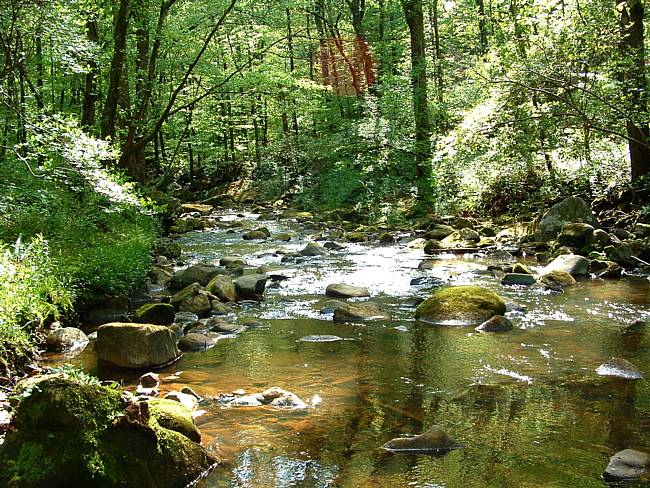In a recent Abbeville blog, I wrote about the correct pronunciation of the racetrack located in Talledega, Alabama, and I think it struck a familiar chord with some readers. Or it might have been a nerve – it was hard to tell. All in all, I received some very positive feedback. One person even wondered to me why we continue to let Yankees do that to our beautiful pronunciations, and the best way I can explain the process is to remember what my father said.
Back when I was in elementary school, my father was guiding me through one of those Sally, Dick, and Jane readers I’d brought home, and he helped me clear one mystery by providing me another. I pointed out to him that although the story was set in springtime, I did not recognize any of the birds in the pictures. I’ve always been a country boy, and I was very familiar with the different types of birds found in our own yard. Yet, I didn’t recognize any of the birds in the illustrations of the yards of Dick and Jane. When I asked my father about this, he replied, “The Yankees wrote the book, so those are the Yankees’ birds.”
Man, ain’t that the truth?
Now, skip ahead again to more modern times, and I’ll give you another example. There is some scientific debate as to which mountains are the oldest on earth, and a significant number of geologists believe them to be the Appalachian Mountains. It’s also possible that the oldest creek on earth is a place known incorrectly by the Yankees as Hurricane Creek in Tuscaloosa County, Alabama.
Hurricane Creek empties the water from the bottom hills of the Appalachians in the eastern part of Tuscaloosa County into the Black Warrior River. Due to geologic dating of the sediment deposits along its banks, Hurricane Creek appears to be about 300 million years old, which might make it the oldest existing creek in the Appalachians. At some point in its long, colorful history, the Muscogee Creek Indians settled the area, and named the waterway for the thick swatches of cane grass that grew all along the edges. However, the Creek Indian word for the lush growth along the waterway was practically impossible to pronounce by white settlers, so they chose to call it by its English translation, which was “Hair Cane Creek.” Up through the turn of the 20th century, the Alabamians who lived in the area were content to continue using the old Creek name of “Hair Cane Creek” for their waterway, because that’s exactly what it looked like. Unfortunately, during the 1930’s, Yankee engineers from Roosevelt’s Works Progress Administration began mapping and working the area, and they apparently assumed the ignorant Southerners living in eastern Tuscaloosa County were saying “Hair Cane” as a lazy mispronunciation of “Hurricane,” so they officially labeled it on their new maps as “Hurricane Creek.” Every contemporary map of the area now shows “Hurricane Creek,” but if you travel along the area of the vast waterway and talk to the old-timers who’ve lived there for many decades, they still call it “Hair Cane Creek.” The name “Hurricane Creek” makes no sense, because it has nothing to do with the cyclonic storm of the same name. “Hair Cane Creek” makes perfect sense, because that’s what it really looks like.
However, the Yankees drew the map, so that’s the Yankees’ name.







